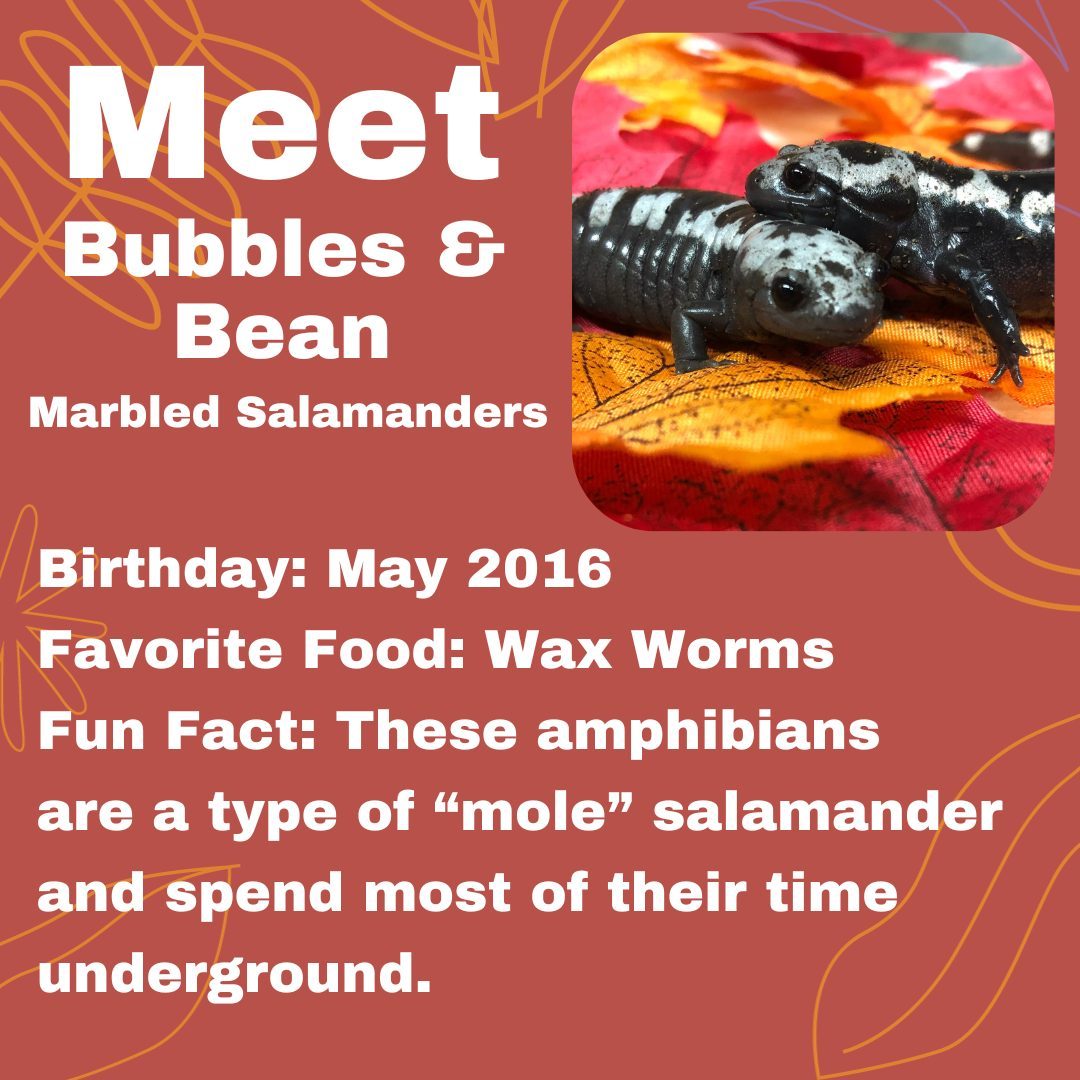Summary:
1. Introduction to Bubbles and Bean, the Marbled Salamanders at the WNC Nature Center
2. Unique and fascinating aspects of Marbled Salamanders
3. Understanding the markings of female and male Marbled Salamanders
4. Speculating the gender of Bubbles and Bean
Welcome to the fascinating world of the WNC Nature Center, where unusual creatures and mesmerizing wildlife await! Today, we have a special treat for you as we introduce you to Bubbles and Bean, the Marbled Salamanders. Get ready to dive into their intriguing world and discover these beautiful creatures’ unique and fascinating aspects.
Marbled Salamanders belong to the mole salamander family and are known for their stunning patterns and colors. Let’s explore some of their captivating characteristics.
1. Uniqueness in Appearance: One of the most striking features of Marbled Salamanders is their intricate patterns and colors. Their beautiful marbled skin gives them their name, as it resembles marble stone with its swirls and patterns. These markings vary not only between individuals but also between genders.
2. Intriguing Mating Behavior: Marbled Salamanders have a rather intriguing mating behavior. Unlike many other amphibians, they lay their eggs on land rather than water. These salamanders prefer to use temporary pools or moist depressions for egg deposition. Once the eggs hatch, the larvae enter nearby water bodies.
3. Gender Distinction through Markings: The markings on Marbled Salamanders can vary between males and females, providing an interesting clue to their gender. Females typically have gray or silver markings, while males display white patterns. This subtle distinction can offer valuable insights into their gender identification.
Now, let’s turn our attention to the captivating duo Bubbles and Bean and try to determine their genders based on their markings and other unique features.
With its grayish patterns, Bubbles exhibits markings commonly associated with female Marbled Salamanders. The intricate swirls and delicate lines on Bubbles’ skin speak of elegance and grace. However, gender determination based solely on external appearance can sometimes be misleading.
In contrast, Bean’s white markings suggest a more masculine identity. The bold and prominent patterns on Bean’s skin exude strength and charisma. Despite relying on visual cues for gender identification, it is essential to remember that other factors, such as behavior or genetic traits, also play a role in determining the true gender of these remarkable creatures.
When determining the gender of Marbled Salamanders, it is crucial to have a comprehensive understanding of their biology and behavior. While their markings can offer insights into their gender, it is always best to seek professional expertise or consult experienced zoologists or zookeepers for accurate identification.
Bubbles and Bean, the enchanting Marbled Salamanders, are just a small part of the diverse and captivating world of the WNC Nature Center. Their intriguing patterns and behaviors highlight the wonders of nature and remind us of the vastness and complexity of wildlife. So, next time you visit the WNC Nature Center, admire these marvelous creatures and marvel at the beauty and diversity of our natural world.
In conclusion, the unique and fascinating aspects of Marbled Salamanders, such as their stunning patterns, land-based egg deposition, and gender differentiation through markings, make them remarkable creatures. Bubbles and Bean, our two delightful Marbled Salamanders at the WNC Nature Center, provide a captivating glimpse into their world. So, what do you think? Are Bubbles and Bean male or female? Visit the WNC Nature Center to unravel the mystery and embark on an unforgettable adventure with these enchanting amphibians.
*****
Source Description
It’s, and we’d like you to get acquainted with Bubbles and Bean, the Marbled Salamanders at the WNC Nature Center! that the markings of a female Marbled Salamander are gray or silver, and those of a male are white? Do you think Bubbles and Bean are male or female?

